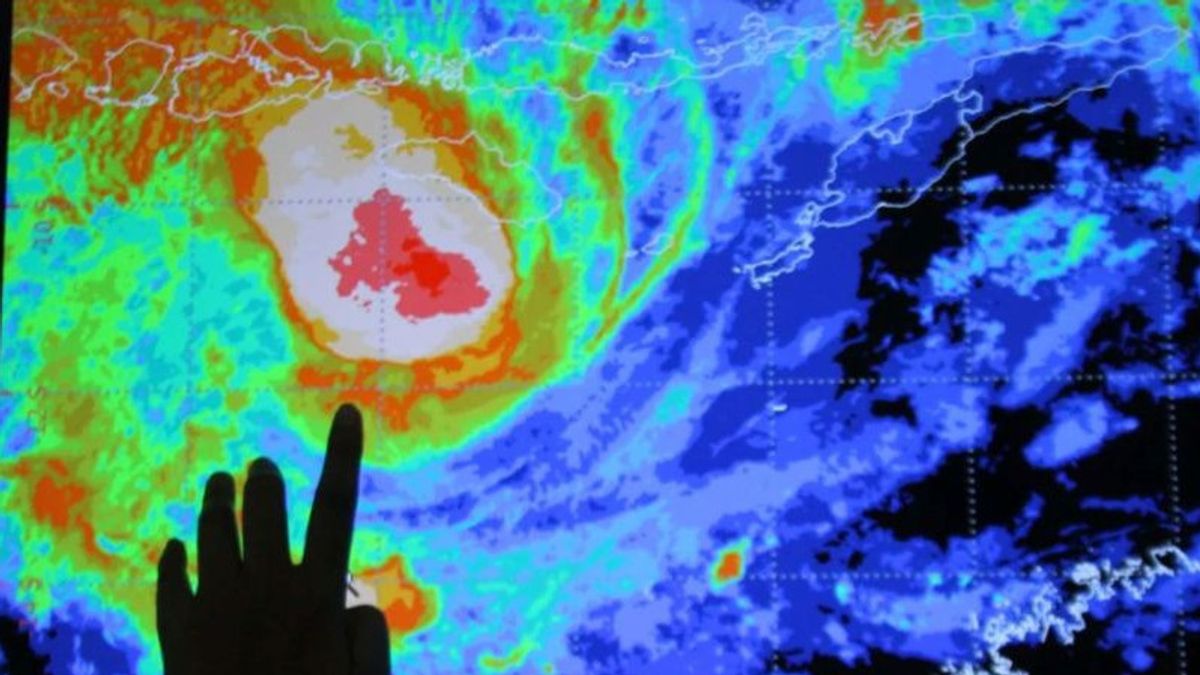JAKARTA - Chinese scientists have developed a new model for sub-season weather forecasts using artificial intelligence (AI) technology, which provides better weather forecasts to reduce the impact of climate disasters.
The "FuXi Subseasional" model, developed by a number of scientists at Shanghai's Artificial Intelligence Academy (SAIS), Fudan University, and China's National Climate Center, has increased operational speeds by thousands of times, and higher forecast accuracy as well as a longer estimated period compared to existing international official models, according to the Global Times daily citing team members developing the model.
"Climate disaster warnings are another important value of this Subseasional FuXi model." said Qi Yuan, who is responsible for the development team reported by ANTARA from Anadolu, Friday, July 19.
He said the team had significantly increased the forecast period for extreme weather from 30 days to 36 days, forecasting the potential for climate disasters as quickly as possible, and getting more time to take response and mitigation measures.
The "FuXi-Subseasional" model represents one of China's mushrooming AI models used to predict extreme weather.
Last July, when the Doksuri typhoon hit Chinga, Fengwu, a learning model machine developed by Shanghai's Artificial Intelligence Laboratory, surpassed similar models in Europe and America in predicting its movement, Qi claims.
SEE ALSO:
Meanwhile Bai Lei, a scientist from Shanghai's Artificial Intelligence Laboratory, explained that Fengwu's model focuses mainly on forecasting stages by utilizing data obtained from atmospheric reanalysis and obtaining more accurate weather forecasts.
AI models like Fengwu use artificial intelligence to analyze elements provided by atmospheric data assimilation, such as wind speed, temperature, and humidity to predict future weather.
Artificial intelligence can take advantage of past meteorological elements, such as temperatures, to predict future weather and achieve more precise results, explains Ouyang Wanli, another scientist of the Shanghai laboratory.
Unlike traditional physical models that are mostly run on supercomputers, Fengwu only needs one graphic processing unit to generate global weather forecasts with high precision for the next 10 days in 30 seconds.
The English, Chinese, Japanese, Arabic, and French versions are automatically generated by the AI. So there may still be inaccuracies in translating, please always see Indonesian as our main language. (system supported by DigitalSiber.id)


















